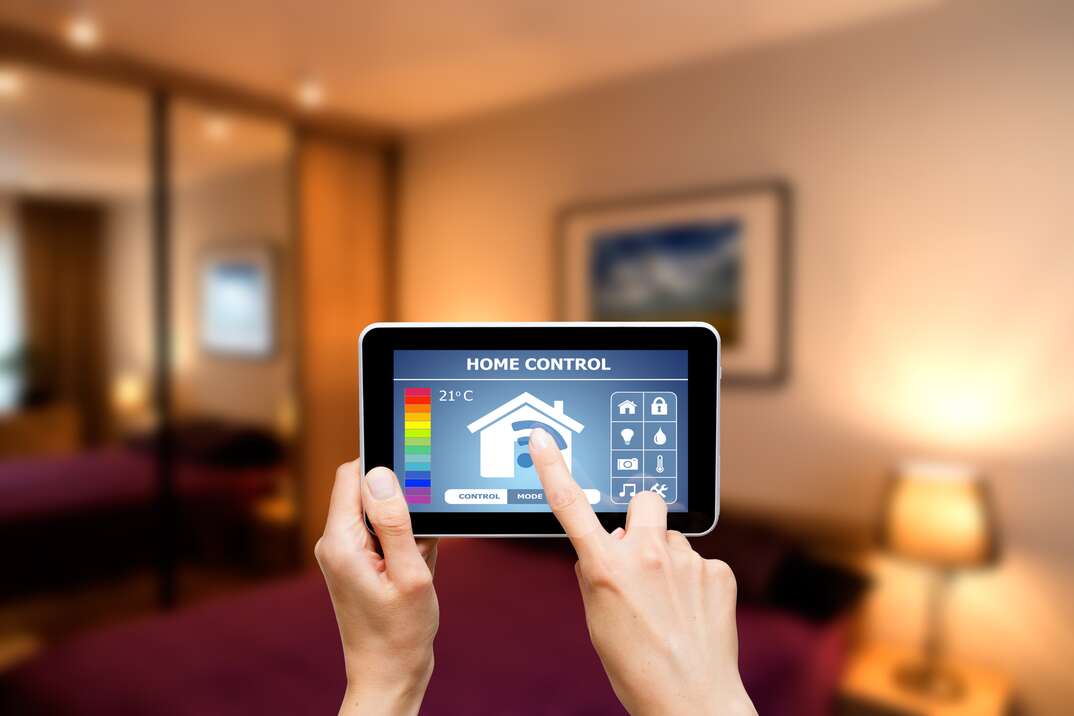Lighting Managment Systems
Lighting Management Systems (LMS) are intelligent systems designed to control and manage lighting in various environments. These systems use technology to optimize the use of light, improve energy efficiency, and create a more comfortable and productive environment.
Implementing a Lighting Management System can result in significant energy savings, increased comfort for occupants, and compliance with energy efficiency standards. These systems are commonly used in commercial buildings, offices, schools, and other large facilities where effective lighting control is essential for both energy efficiency and user satisfaction
Here are some key aspects of Lighting Management Systems:
1. Automation: LMS often includes sensors and controls that allow for automated adjustments based on factors like occupancy, daylight levels, and time of day. This helps in minimizing energy consumption by ensuring lights are only on when needed.
2. Energy Efficiency: One of the primary goals of lighting management systems is to reduce energy consumption. This is achieved by dimming or turning off lights in areas with sufficient natural light or when spaces are unoccupied.
3. Sensors: LMS typically integrates occupancy sensors, daylight sensors, and motion detectors. These sensors provide real-time data to the system, allowing it to make intelligent decisions about when and how to adjust the lighting.
4. Centralized Control: Many lighting management systems offer centralized control, allowing users to monitor and adjust lighting settings for an entire building or specific zones from a central location. This can be done through a dedicated control panel or software interface.
5. Integration with Building Management Systems (BMS): LMS can be integrated with broader building management systems to provide a holistic approach to energy management. This integration allows for better coordination between lighting, HVAC, and other building systems.
6. User Interface: Modern LMS often come with user-friendly interfaces, allowing users to set preferences, schedules, and manually control lighting as needed.
7. Customization: Lighting management systems can be tailored to specific needs and preferences. Customization options may include setting lighting scenes, adjusting color temperature, and creating lighting schedules.
8. Maintenance and Monitoring: Some LMS provide monitoring capabilities, allowing facility managers to track energy usage, lamp life, and system performance. This aids in proactive maintenance and troubleshooting.
